Have you ever wondered why people are so fascinated by motion? After all, you can’t argue with the fact that dynamic images attract more attention than static ones. In addition to the wow effect, animation also allows you to give more information in a short period of time.
For quite some time, companies have been using different types of movement and animation in their design. Most often found is the animation background of the site or playing a video instead of the usual image on the main page. On product pages, you can see a 360-degree view of a product, which helps people get a better look at the details. More and more apps are using augmented reality technology to improve the user experience.

But why isn’t animation as popular in logo design?
Sure, there are a few examples of successful animated logos, but they’re still not as common as animation in web design. Perhaps dynamic logos aren’t as popular precisely because people don’t have the right tools and knowledge to implement worthwhile ideas?
Today we’re going to look at some important tips for creating a successful animated logo.
What is an animated logo?
An animated logo can be a powerful tool in brand strategy. Although a company’s identity is more than just a logo, it’s fair to say that it is of utmost importance in shaping the brand image. A logo is a critical component of a corporate identity.
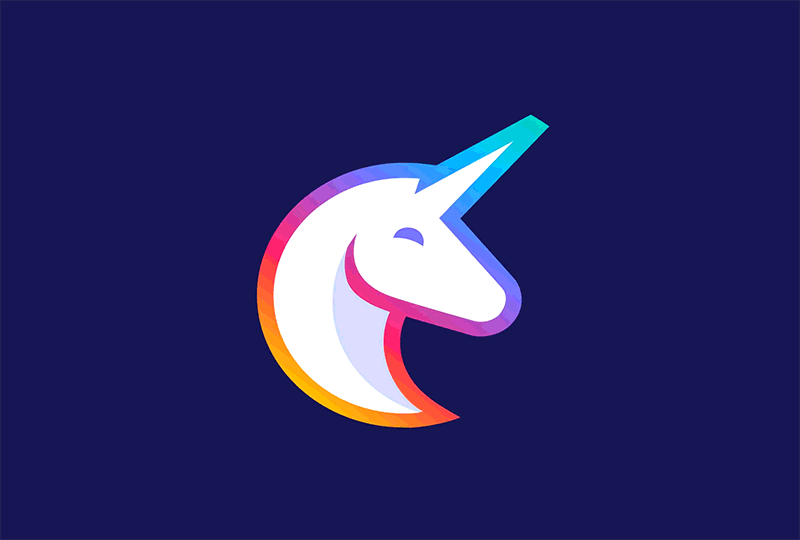
A great logo can create an emotional connection with your target audience and help a brand thrive in almost any environment. Dynamic logos draw more attention to the brand image and arouse the customer’s curiosity. Such a logo can demonstrate a company’s direction or simply be memorable.
The level of animation can range from a few simple movements to a short video presentation. The Skype logo is a great example of a simple animated logo and decent design work.
Explore the types of logo animations
To properly play around with animation in your logo design, you need to know what types of logo animations are available. Today there are many different styles of animation that can be applied to produce a particular effect.
Sometimes the choice of animation depends on the field of activity of the company. For example, a transportation company may have a logo that symbolizes the movement of a car. Logo design electric power company can play with the glow of the electric current.
The animated FedEx logo is a good example of how animation can tell the story of a company.
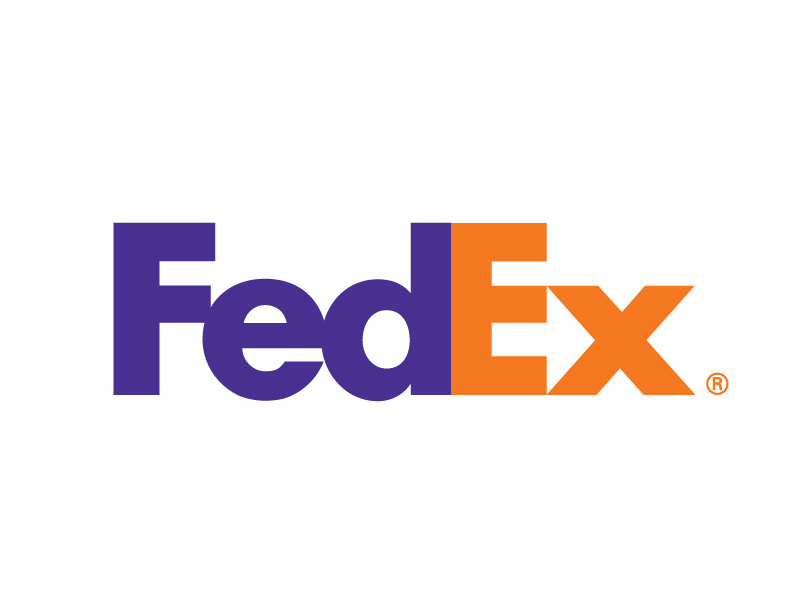
There are these types of animation:
- Rotation. Rotation gives the logo a sense of three-dimensional space. Make the logo memorable by rotating it from side to side or scrolling it around the axis.
- Appearance/Disappearance. You can set the logo to appear smoothly on the screen, revealing pixel by pixel. Or dissolve the logo in space in a similar way.
- Transformation. The logo animation doesn’t have to start and end with the same logo shape. You can use a transformation, during which the logo takes the shape you want. For example, in the case of a logo for a horticultural company, you can show a grain that gradually turns into a flowering plant.
- Substitution. Another great way to tell a story is to replace an image depicting the activities of a particular company with a logo. You can create a very atmospheric animation that way.
What are the goals and objectives of the animated logo
If you do not know what kind of animation stop, you should first set specific goals. Only in this way, you can think further logo design and make the right decisions. An animated logo is a dynamic and modern way to present the brand to the audience, but the effectiveness of such a logo depends on thoughtful design decisions.
Let’s take a look at some of the goals and objectives you can set for your design:
- Differentiation. Although a lot of attention has been paid to animated content lately, it is a relatively new format for logos. With an original animated logo, you can make your company stand out among your competitors and make it its thing.
- Storytelling. As mentioned above, animated logos can tell a story about what a company does or show the uniqueness of a product. In particular, an animated Firefox logo clearly demonstrates the advantages of the browser, namely its high performance and speed.
- Brand recognition. Dynamic logos and animations seem fresher and more attractive to the audience. In addition, they represent an unusual experience, which means customers may want to share them with others.
- Memorability. The audience is no longer surprised by a static logo, many are already bored with them. People need something special, which can win a place in their minds. With the help of animation can achieve many business goals, and most importantly recognition.
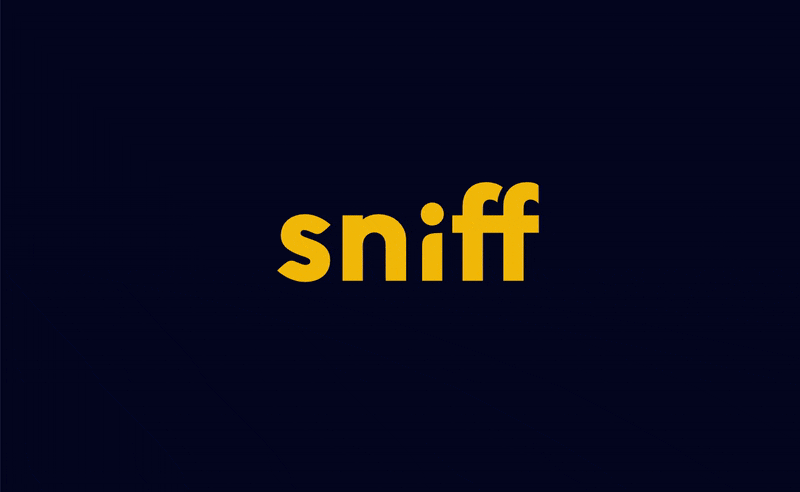
Do the research
Design research is a great way to find inspiration for an animated logo. The first thing to do is to focus on researching your brand’s industry. Since this will give you some idea of what type of animation would work best to attract the most attention from your target audience.
Watch presentation videos of similar companies and study as many animated logos as you can. Explore how animations can be used to showcase the product. By evaluating existing designs, you’ll understand which ways work best. Use references, but by no means copy what you’ve seen somewhere. Make the design unique by adding your imagination.
The animated logo should tell a unique brand story. If you don’t know where to start, consult the company’s brand book. The company’s motives for selecting brand colors, fonts, and other visuals will be helpful in developing the animation.
Remember, the goal is to tell a specific story, convey a message or evoke certain emotions. Don’t skip these points. Cool-looking, but an empty logo is not able to raise sales. People tend to look everywhere for meaning, and if it does not, the logo can be considered useless.
Place animated logos on brand sites
The most obvious way to use an animated logo is to place it on the site. Some sites have a welcome screen where users see animations as they move to the home page or as they navigate. And there are some brands that like the idea of animation, but want to use it more subtly.
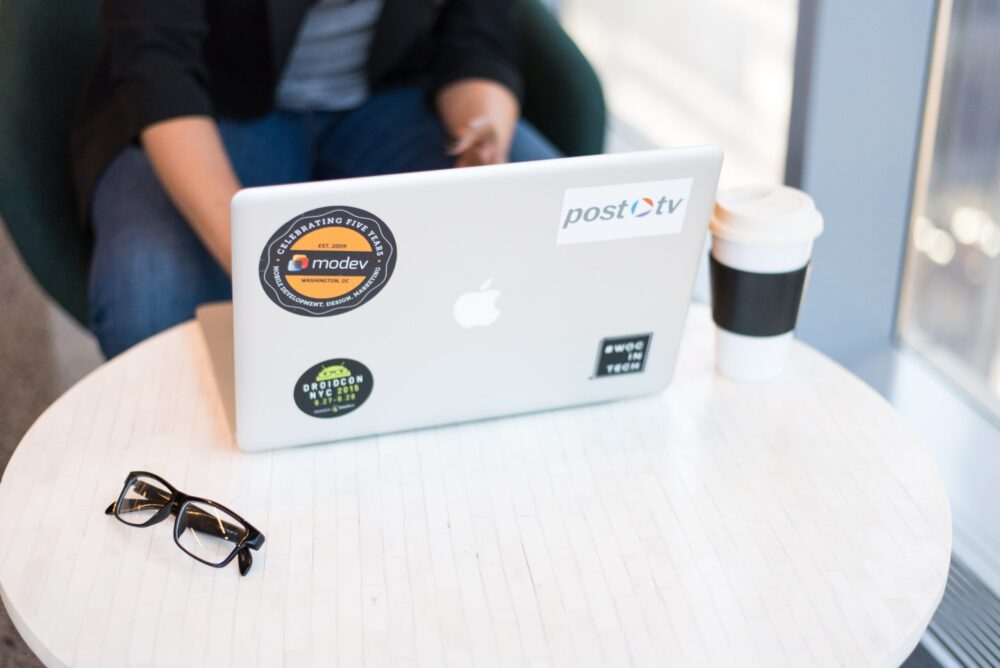
In these cases, animated logos can draw attention to a particular section of the site. Say, for example, to accentuate the user’s attention on the “Contacts” button, thereby calling him to action. Here it is very important not to overload the site and not to create unnecessary distracting elements. Therefore, the designer and the company have a number of important decisions to make.
It should be borne in mind that it takes too much processing power to play the animation continuously. Therefore, the option of endless display in case the user missed the first round of playing animation, is doubtful. In turn, a large number of animations can prevent the user from leading the site. After all, the main task of the company to draw visitors’ attention to such sections as landing or product pages and pages with reviews.
It is best to start with small steps and gradually move forward. This principle applies to implementing any innovative web design solutions. Do not overdo it with animation, to begin with, see how visitors react to small innovations.
Find the golden mean
A dynamic logo is designed to grab attention quickly and effectively. If the animation is too long, however, you run the risk of overwhelming the user before they have time to view the rest of the site or other important content. A dynamic logo should be active for no more than a few seconds, and in that time you should have time to provide valuable information.
Every frame counts. Strive to engage the customer and generate interest in the brand. Typically, the best strategy is to arouse curiosity and intrigue so that the person who sees your logo wants to know more about the brand.
Make sure the animation is dynamic enough. Grabbing attention is half the battle, it’s much more important to keep it during the whole viewing. The brain needs to be kept engaged. It is necessary to interest the viewer so that he wanted to figure out what happens next.
As in most areas of design, the key to success is a balance between apparent simplicity and the clear thoughtfulness of every detail. Even if the animation is meaningful, don’t forget that your attention span is constantly shrinking.
Dynamic logo in video content
Video has been incredibly popular lately. We live in a world where everyone, regardless of location, has access to watch videos. Companies are posting videos on product pages, social networks, apps, anywhere.
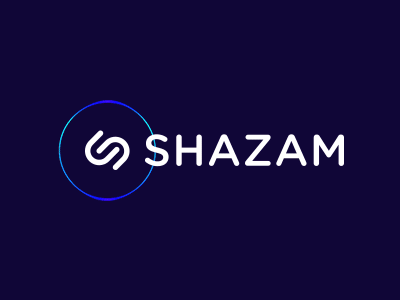
An animated logo at the beginning of the video helps the brand look more successful and professional. It’s another reminder to viewers about the brand that they learn about during the video preview. In addition, a logo at the beginning of a video can be used to maintain visual consistency, which is important for a company that posts content to different resources.
An animated logo would fit perfectly at the beginning of a video presentation. But, in some cases, it can irritate customers, for example, when they need to find information quickly.
If the animation lasts more than a few seconds, the logo is better placed at the end of the video. The same goes for news videos or those designed to generate interest in a new product/service. Ending the video with an animated logo can keep the brand image in the user’s mind even after they finish watching it. On the other hand, there is a risk that customers will miss the animation at the end of the video because they switch between content too quickly.
If you’re not experienced in adding an animated logo to videos, try experimenting to determine the most effective strategy. But keep in mind, the effectiveness of a strategy may depend on different factors and what works for one company may not work for another.
Move the animated logo into the real world
Another interesting option for using an animated logo is to incorporate it into our daily lives and our surroundings. Modern space is filled with digital devices. We are used to seeing a kind of fusion of the real world and the digital world. Most events and exhibitions are accompanied by presentations based on digital content such as presentations and slideshows.
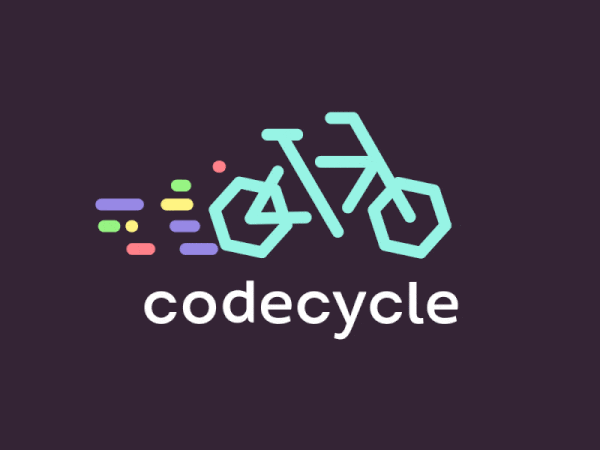
Depending on the signage options available, a company may use an animated logo above their booth. This is a great method of attracting attention in a packed booth. About 48% of trade show attendees agree that a more attractive and memorable booth is the most effective way to entice attendees in attendance.
While we are used to seeing animations and dynamic logos on the computer, today they can be present in the world around us. A dynamic logo can make a company’s office or reception area more appealing. Retail outlets have digital signage that spins ads, this is the perfect place for an animated logo. It will serve as a visual separator for commercials and entertain customers during traditional shopping.
Use animations instead of email signatures
Remember, an animated logo is not forbidden from leaving a company’s app or website. Sometimes a suitable animation can be a striking way to “sign” an email from a brand or its team.
Email remains one of the most valuable tools for business marketing and building relationships with customers today. It is the third most important source of content and news for many B2B audiences. Yet many companies are not taking full advantage of the power of email marketing.
If most software solutions allow you to reflect gifs and animated videos in an email, then you can add an animated logo instead of a brand signature.
It’s important to remember that the animated logo file must be optimized or you may have problems loading the email. Don’t make the animation too long and complicated.
Don’t forget to consider other options for placing a dynamic logo besides the email. For example, as a profile image on social networks. Experts estimate that about 80 percent of companies use visual resources in SMM. An animated logo is a great way to go above and beyond and stand out. Motion attracts attention, and video content is quickly gaining traction on many social media platforms.
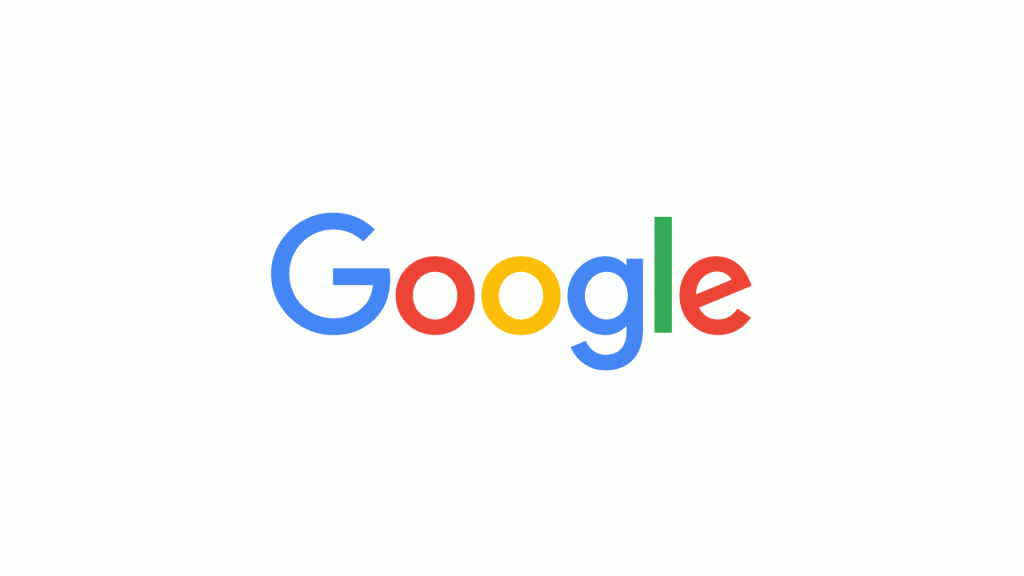
Open the door to the world of animated design
Designers are just beginning to understand the possibilities of animated logos. For many companies, it’s a great way to get noticed and drive audience interaction with the brand.
A dynamic logo at the beginning of a video, on an app loading screen, or at the top of a website can make a company stand out. As technology continues to evolve and customer expectations continue to rise, the possibilities for animation will also increase. Who knows, maybe you’ll use VR and AR elements in your logo design to convey the essence of the brand in a whole new digital world.
If you haven’t yet encountered dynamic logos, now is the time to experiment!
